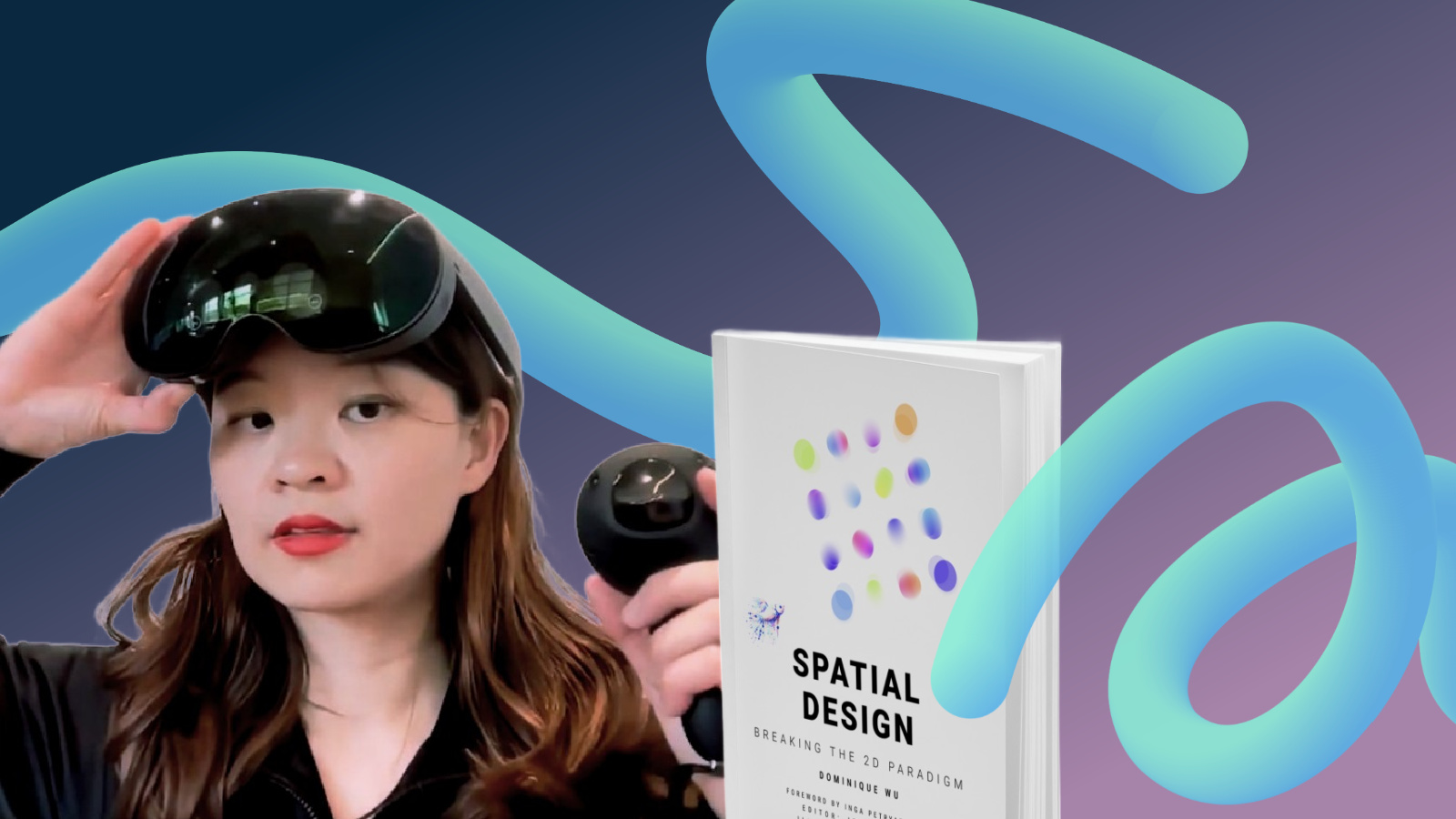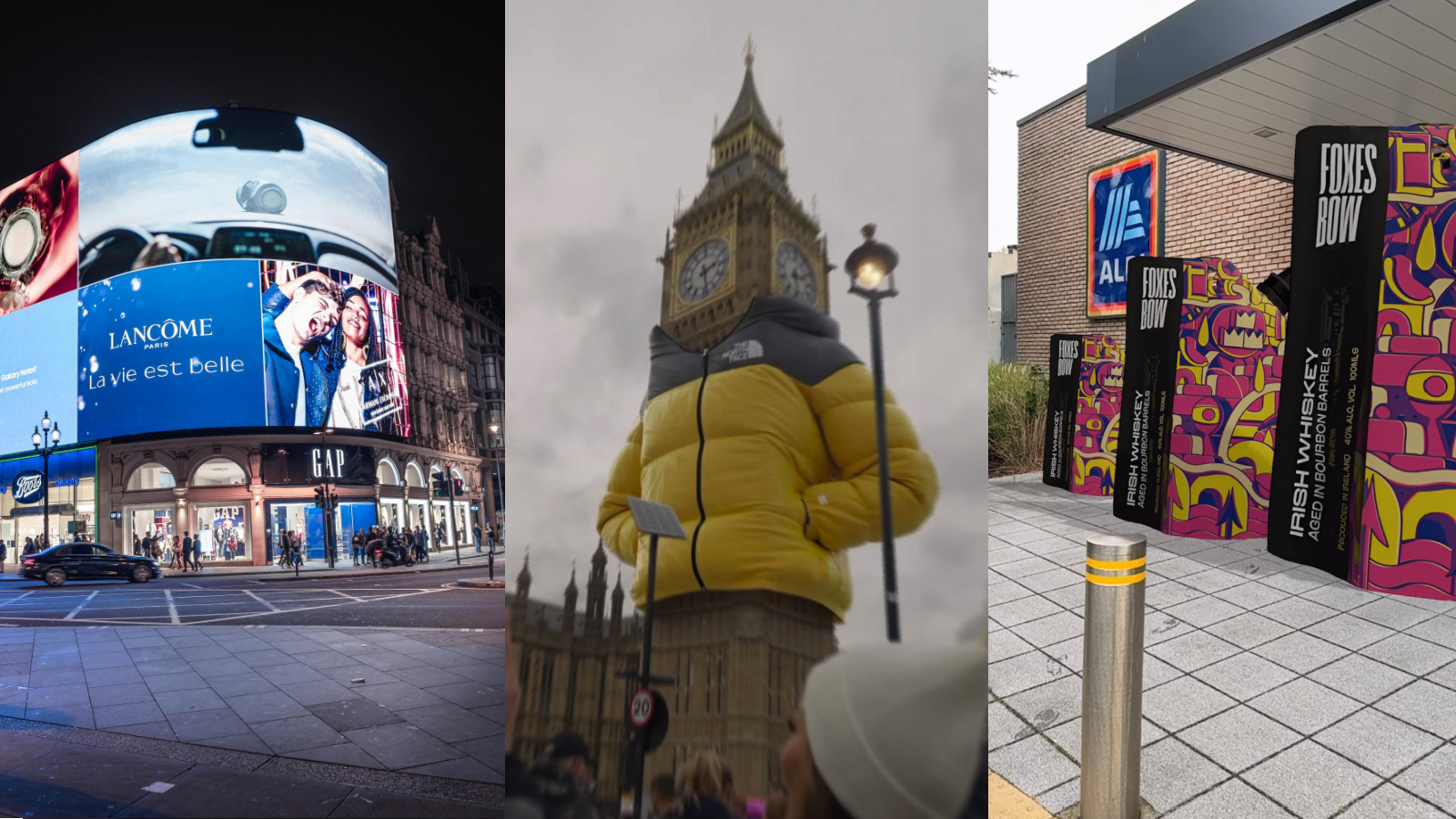With the boom of the experience economy, consumers are invariably drawn towards newer and never-seen-before experiences. Location-based experiences (LBEs) are at the forefront of this movement and are being utilised by brands, employers and even public attractions like famous tourist sites to transform specific physical spaces into interactive playgrounds that create memorable and engaging experiences and connect with their audiences, customers, employees and fans.
Key characteristics of LBE
Focus on Engagement: LBEs prioritise audience participation and interaction. They move beyond passive observation to create experiences that actively involve users, fostering a sense of connection and immersion.
Integration with the Environment: The physical location plays a crucial role in LBEs. They leverage the unique features or historical context of a space to build a richer, more meaningful experience.
Technology-Driven Enhancements: LBEs often incorporate various technologies to enhance the experience. This can include projection mapping, virtual reality (VR), AR, interactive displays, or even custom-designed physical installations.
Four Different Types of LBE
But with a variety of LBE options available, how do you choose the right one for your needs? Let's explore four leading LBE types:
Location-Based VR (LBVR)
Immerse your audience in entirely new realities. LBVR experiences utilise VR headsets to transport users to fantastical worlds or historical re-enactments. That one headset transports you to another world, another kingdom, another galaxy or maybe another lifetime. One of the most recent and pioneering developments in this field has been location-based immersive gaming experiences using VR and Zero Latency is a perfect example of this.
Pros: Highly immersive in virtual spaces that are distinct from actual locations great for fantastical experiences and gaming.
Cons: Doesn’t integrate the actual physical location, therefore, does not enhance the surroundings. Requires dedicated hardware such as headsets and additional props so can be expensive to set up and maintain. Limited audience reach due to resistance to VR headsets.

Location-Based AR (LBAR)
Augment the real world with digital magic. Mobile LBAR experiences leverage a smartphone or tablet's camera to superimpose digital content onto the physical environment., of late. From Instagram AR filters to catching Pokemons on the go, AR has taken over the internet with a wider applicability.
Pros: Most accessible LBE format (requires a smartphone), cost-effective, highly adaptable for different campaigns, minimal impact on the physical space.
Cons: Relies on user device capabilities, slightly less immersive than VR or physical installations.

Projection Mapping
Transform mundane surfaces into captivating canvases. Projection mapping uses specialised projectors to cast dynamic images and animations onto buildings, sculptures, or even entire landscapes. Recently, multiple such experiences have taken centre stage. The Van Gogh experience, Disney’s Immersive Experience and closer home the Book of Kells experience are all great examples of Projection Mapping. some text
Pros: Visually stunning, large audience reach, potential for interactive elements.
Cons: Requires large and empty physical locations to act as a canvas. Relies on suitable surface and lighting conditions, requires significant technical expertise, and limited capacity in an enclosed space

Physical Installations
Get hands-on and interactive. Physical installations are the classic LBE format, encompassing everything from elaborate theme parks to interactive art exhibits. Think rollercoasters, escape rooms, or pop-up experiences that challenge visitors physically and mentally.some text
Pros: Highly engaging, caters to a broad audience, fosters social interaction and memory creation.
Cons: Can be expensive to build and maintain, limited adaptability for future campaigns, and may require significant space.

The LBE Sweet Spot: Location-Based AR
Benefits of Location-based AR
- Low Cost: Compared to VR headsets, projectors, or elaborate physical structures, LBAR leverages existing technology – smartphones.
- Accessibility: Almost everyone carries a smartphone, making LBAR experiences highly accessible to a broad audience.
- Quick Launch & Setup: AR development is often faster and more cost-effective than other LBE formats. Content updates and changes can be readily implemented, making LBAR ideal for short-term campaigns.
- Enhancing the location: Three of the four solutions above take a blank space and add an experience into it. Location-based AR takes a location with a story to tell and digitally enhances it by augmenting the digital content into the real world.
.png)
Ultimately, the "best" LBE depends on your goals. If your priority is bringing a location to life in a way that seamlessly blends the physical and digital worlds, then location-based AR stands out. It empowers users to actively engage with their surroundings, fostering a deeper connection to the space and the experience you've created.
Ready to craft a truly unforgettable LBE? Imvizar is your one-stop shop for immersive experiences. We specialise in pushing the boundaries of AR and spatial storytelling, helping brands and creators bring their visions to life. Reach out to us and let's discuss how LBAR can transform your next project!
Image Sources


.png)


.jpg)





